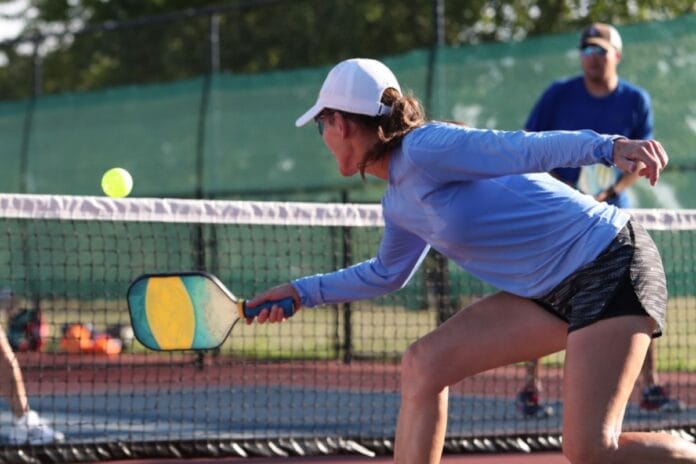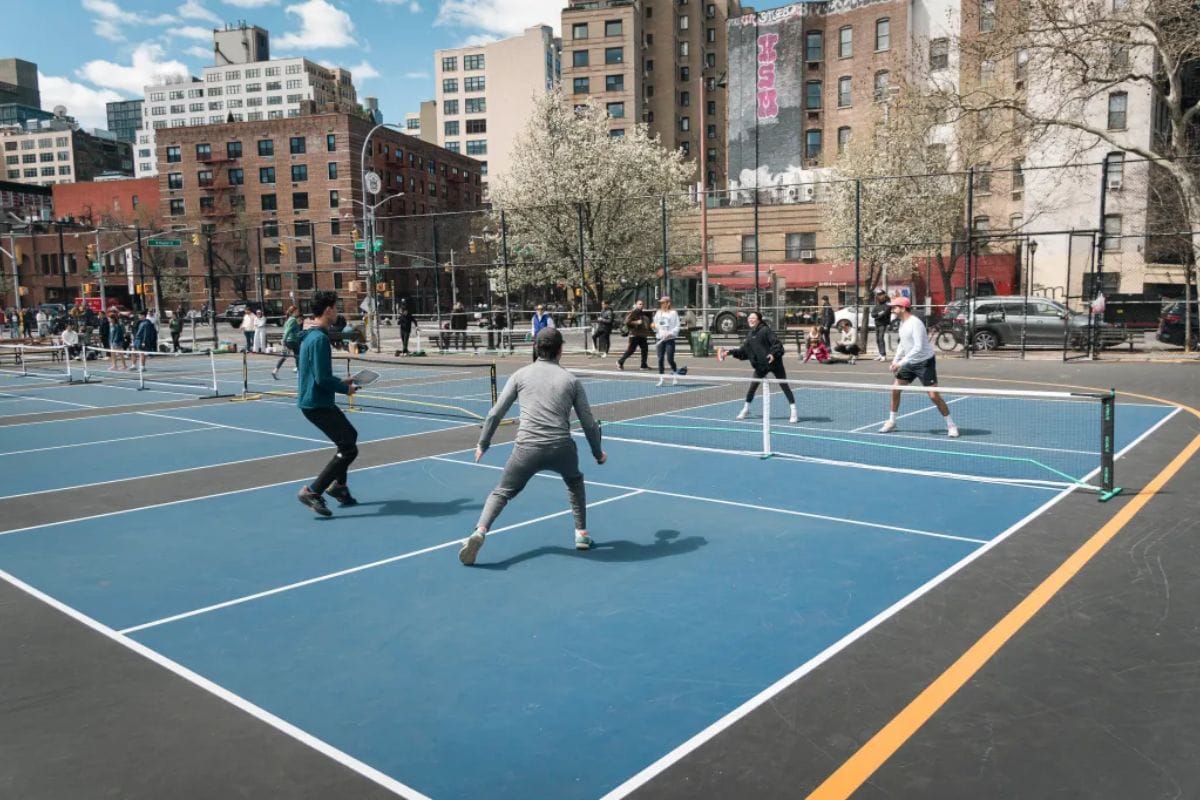Protecting Pickleball Partner with Tactical Play: In pickleball, players often find themselves paired with a partner who may not be the strongest on the court. This can lead to frustration, especially when the opposing team focuses on targeting the weaker player, reducing the chances of success. However, all is not lost. Some strategies can be utilized to protect the partner without resorting to aggressive poaching or overshadowing their role in the game.
Avoid Crosscourt Returns in Pickleball
One of the key adjustments a player can make is in their return strategy. While returning serves crosscourt is often beneficial due to the extra space it provides, this tactic may not work well if the partner struggles with handling third shots, especially drives.
Instead, returning the ball straight ahead can be more effective. This forces the opponents to engage with the partner from a greater distance, which is typically less threatening. Crosscourt attacks tend to be weaker, allowing the partner more time to respond. If the opponents start to focus on the stronger player, this outcome reduces the pressure on the weaker partner, making the game more balanced.
Dink or Drop to the Middle in Pickleball
Another effective tactic in pickleball is controlling the placement of dinks or drops. A player should aim for the right-side opponent’s left foot, especially if they are right-handed. This position is difficult for the opponent to attack from, limiting their ability to speed up the game.
Targeting the middle of the court also helps to reduce the risk of high returns that could lead to a powerful smash against the weaker partner. By keeping the ball low and centered, the stronger player not only protects their partner but also maintains better control over the point.
Guide the Partner’s Aiming
Lower-level players often become so concerned with simply clearing the net that they overlook the importance of strategic shot placement. As their partner, a more experienced player can help shift this focus. While on-court coaching may be discouraged in recreational play, offering strategic advice is generally acceptable.
A player can encourage their partner by providing clear, actionable targets. For example, suggesting they aim for the opponent’s backhand on serves or return the ball crosscourt. This guidance helps the partner focus on specific goals, leading to more consistent play. Even if they don’t hit the target every time, the effort alone can enhance the team’s overall performance.
News in Brief: Protecting Pickleball Partner with Tactical Play
In pickleball, playing with a less experienced partner can be challenging as opponents often target the weaker player. To support the partner without dominating the court, a player should avoid crosscourt returns, focus dinks and drops toward the middle, and guide the partner’s shot placement. These strategies help level the playing field, improve the chances of winning, and maintain strong team cohesion.
ALSO READ: PPA Partners with IC360 to Enhance Integrity in Pickleball


